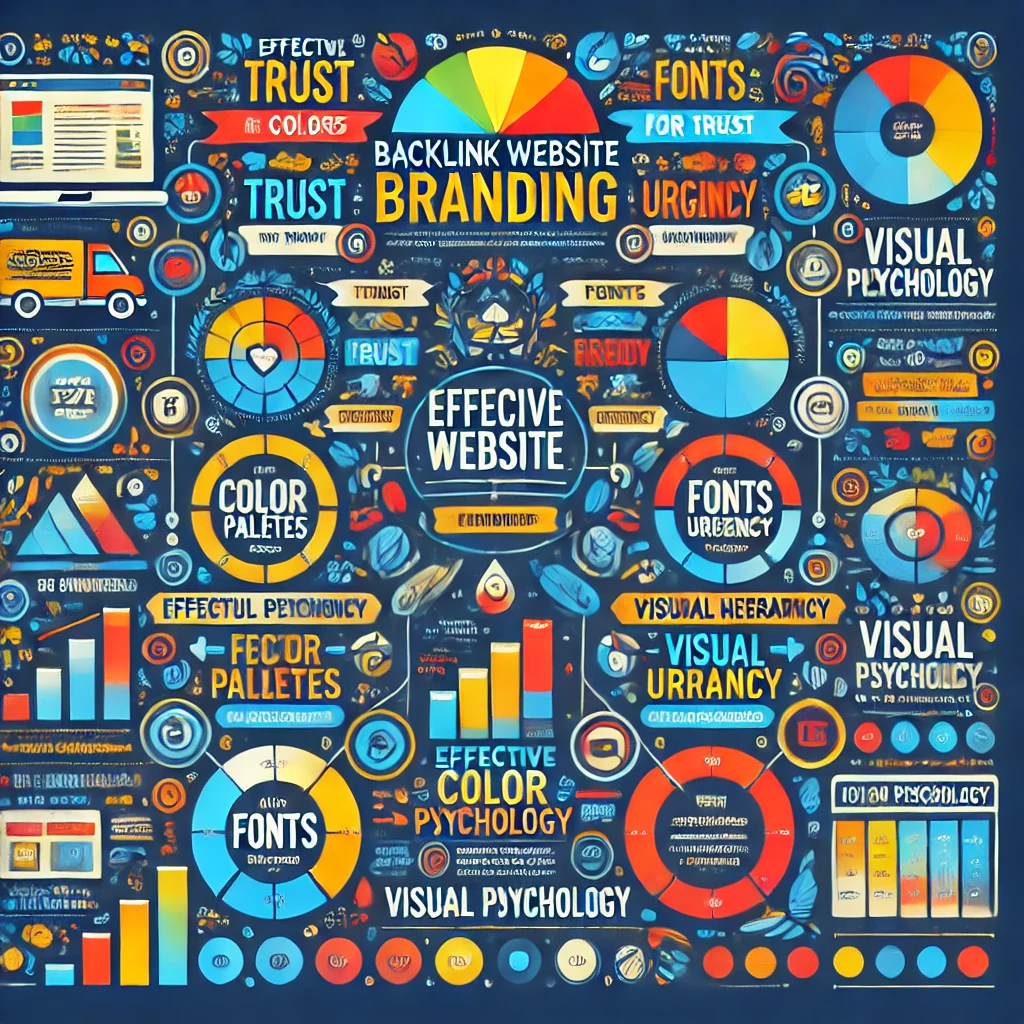
In today’s digital landscape, effective website branding is essential for standing out in a crowded online marketplace. This branding is not just about having a memorable logo; it encompasses a wide range of elements, including color palettes, font choices, and sizes. Additionally, backlinks play a crucial role in enhancing a website’s authority and visibility. This article delves into the interconnections between backlink website branding, palettes, fonts, and sizes, helping you create a cohesive brand identity.
Understanding Backlink Website Branding
Backlink website branding refers to the practice of using backlinks strategically to bolster your brand’s online presence. Backlinks contribute to brand recognition by improving your website’s search engine ranking and driving traffic. A well-branded site fosters trust and credibility, making it more likely that visitors will return. The combination of effective branding elements—such as colors, fonts, and sizes—works to enhance user experience, making it crucial for website owners to understand their importance.
Explore our guide on effective backlinks to learn how to utilize backlinks for boosting your brand’s visibility.
Choosing the Right Color Palettes
Color plays a crucial role in shaping perceptions of your brand, significantly impacting backlink website branding through the strategic use of palettes, fonts, and sizes. Each color can evoke specific emotions and associations, making color psychology an important element of your branding strategy. For example, blue is often linked to trust and professionalism, making it an ideal choice for brands that want to establish credibility, while red tends to generate feelings of excitement and urgency, which can be effective in driving immediate action.
When choosing a color palette, ensure it reflects your brand’s identity and resonates with your target audience. A cohesive color scheme helps create a memorable brand image. Consider using a primary color, along with one or two complementary colors, to maintain consistency across your website.
Check out our tips for color psychology in branding for further insights on how to select the right palette for your brand.
The Impact of Fonts on Brand Identity
Fonts are not just letters; they are a visual representation of your brand’s personality. The right font can convey your brand’s values, whether it’s modern, traditional, playful, or serious. For instance, serif fonts often evoke a sense of reliability and formality, while sans-serif fonts appear more modern and approachable.
When selecting fonts, consider how they complement your color palette and overall branding. It’s also essential to maintain readability. Use a hierarchy of font sizes to guide users through your content, ensuring that headings stand out while body text remains legible.
Optimizing Sizes for Branding Elements
Consistency in sizing for branding elements, such as logos, headers, and buttons, helps create a professional appearance. A clear visual hierarchy is vital for guiding users’ attention and enhancing user experience.
When determining sizes, consider the responsive design of your website. Ensure that elements maintain their integrity across different devices, from desktops to mobile phones. This adaptability is crucial for providing a seamless experience for users, regardless of how they access your site.
Integrating Backlinks with Your Branding Strategy
Backlinks should be a vital part of your branding efforts. Integrating them strategically can enhance your brand’s authority. Use descriptive anchor text that reflects the content of the linked page, making it clear to users what they can expect. This approach not only aids in SEO but also helps reinforce your brand message.
Consider reaching out to other websites for backlink opportunities that align with your brand values. Collaborations can enhance your online visibility while also establishing your brand as a reputable authority in your industry.
Conclusion
Backlink website branding is a multifaceted approach that involves strategic use of color palettes, fonts, and sizes to create a cohesive and impactful brand identity. By understanding and implementing these elements effectively, you can enhance your website’s authority and appeal, leading to increased traffic and user trust.
Take the time to refine your branding strategies, ensuring that your website not only looks great but also functions effectively in the competitive online space. Implementing the discussed strategies will help you build a strong, recognizable brand that resonates with your audience.



